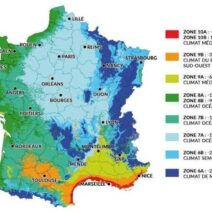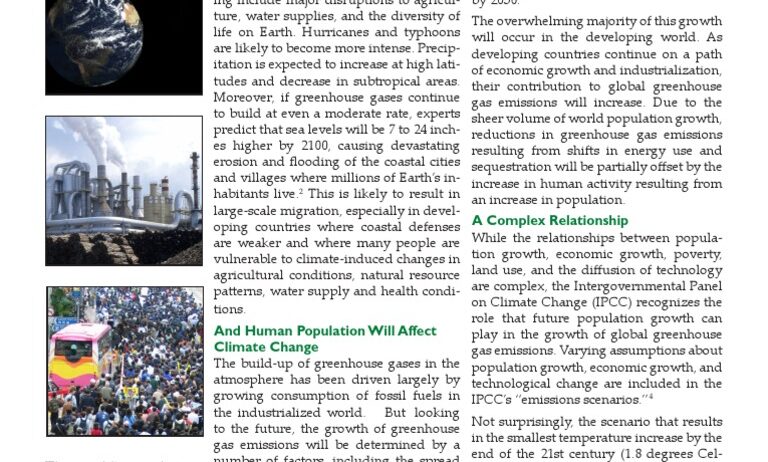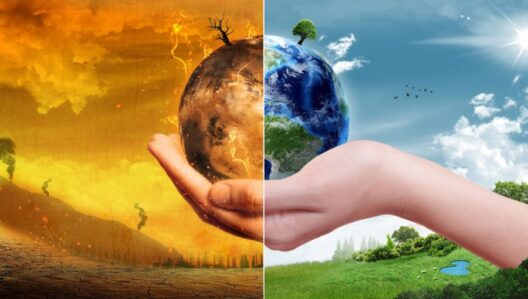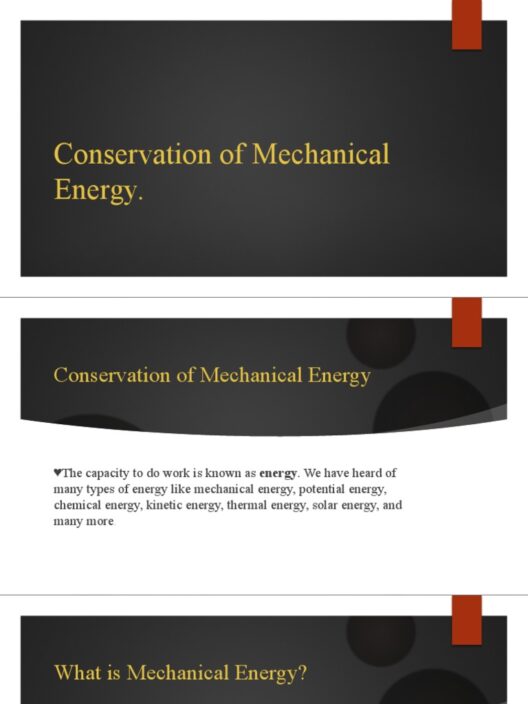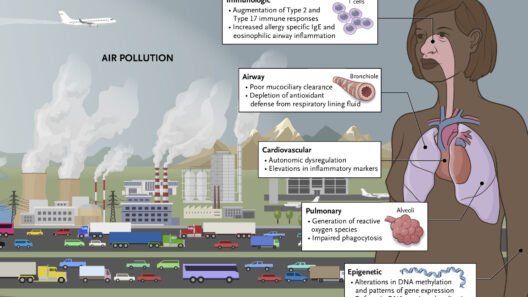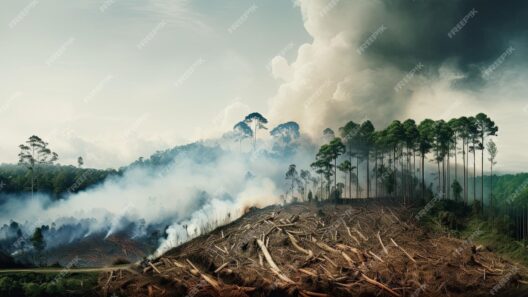The intricate relationship between human population growth and global warming is a topic of paramount importance in today’s environmental discourse. As the global populace continues to expand, one has to ponder: How does each additional person affect our planet’s longevity? This article delves into the multifaceted impact of rising human numbers on greenhouse gas emissions and the overall trajectory of climate change.
To contextualize the issue, the world’s population has surged from approximately 1.6 billion in 1900 to over 7.9 billion today. This staggering growth places unprecedented pressure on our planet’s ecosystems. More people means greater demand for resources—land, water, energy, and food. These demands are intricately linked to carbon emissions, driving the engines of climate change. It is vital to understand that the equations governing these interactions are complex and multifactorial.
One significant way through which population growth exacerbates global warming is through increased consumption. Each individual contributes, in varying degrees, to environmental degradation. The average global citizen consumes fossil fuels for transportation, electricity, and heating. As populations burgeon, the cumulative effect leads to an escalation in greenhouse gases emitted into the atmosphere. Natural resources become overexploited; forests are cleared for agricultural purposes, and fossil fuels are extracted in a relentless pursuit of energy. These actions not only elevate carbon dioxide levels but also reduce the earth’s capacity to absorb these emissions—an alarming paradox.
In addition to direct emissions through consumption, population growth also catalyzes indirect emissions. For example, urbanization is a salient trend associated with rising population numbers. As more individuals migrate to cities in search of better opportunities, urban centers expand. Urban sprawl often results in increased vehicle usage, the necessity for more energy-intensive infrastructure, and elevated waste production. Cities, with their high concentration of inhabitants, can become hotspots for greenhouse gas emissions.
Furthermore, the agricultural sector experiences immense strain as populations increase. Feeding an ever-growing populace demands innovative farming practices and higher yields. This quest for productivity often leads to practices such as monoculture and the excessive use of fertilizers, both of which contribute significantly to greenhouse gas emissions. Methane, a particularly potent greenhouse gas, is emitted during the digestive processes of livestock and through the decomposition of organic waste. As the demand for meat rises alongside population increases, so too does methane production, amplifying the repercussions for our climate.
The interplay between population growth and pollution extends beyond greenhouse gases. The need for more housing and infrastructure brings with it a suite of environmental challenges. Construction activities typically generate substantial amounts of pollutants, aggravating air quality and further exacerbating climate change consequences. Additionally, the increased land use for housing leads to habitat destruction, reducing biodiversity and the ecosystems’ ability to combat climate change. The question arises: Can we balance development with sustainability?
As we dissect these issues, it’s prudent to consider the imperative of equitable resource distribution. Not all individuals contribute equally to global warming. A small percentage of the world’s population—primarily those in developed countries—account for a disproportionate share of emissions. Addressing population growth in conjunction with consumption patterns is critical. Enhanced awareness and education surrounding sustainable practices can engender significant shifts in both the developed and developing worlds.
Moreover, initiatives aimed at family planning and women’s health can play a crucial role in diminishing population growth rates. Access to education, particularly for women, correlates closely with reduced birth rates, thus alleviating some pressures on the environment. Encouraging smaller family norms in high-growth regions may present a viable avenue for mitigating climate impacts.
Persuasive frameworks for addressing population growth must encapsulate the unknown potential of technological innovations. Renewable energy sources, efficiency in resource use, and sustainable agricultural practices can offer pathways that allow for a growing population while mitigating climate impact. Investing in sustainable technologies not only curbs emissions but also fosters economic resilience in an era of climate adversity.
Considering the complexities surrounding population growth and climate change highlights a stark reality: the time for action is now. Policy-makers, environmentalists, and citizens must forge a collaborative approach to rebalance the scales. One innovative challenge could involve communities engaging in grassroots campaigns aimed at promoting sustainability. Individuals can unite to advocate for better public transport systems, community gardens, and localized food networks, which help reduce reliance on fossil fuels while fostering community development.
In conclusion, the relationship between human population growth and global warming is both intricate and pressing. Intrinsically linked through consumption patterns, resource use, and emissions, these elements constitute a pivotal challenge for humanity. As we endeavor toward a more sustainable future, questions of equity, innovation, and environmental stewardship must guide our collective efforts. Can we envision a world where both humanity and the planet can thrive together? The answer lies not just in reducing numbers but enhancing our consciousness regarding our environment and the consequences of our choices.


